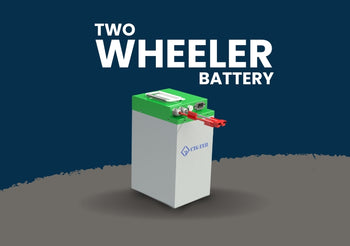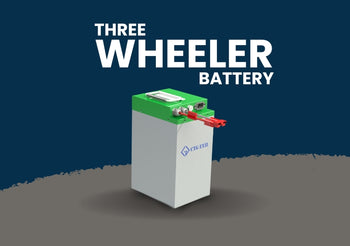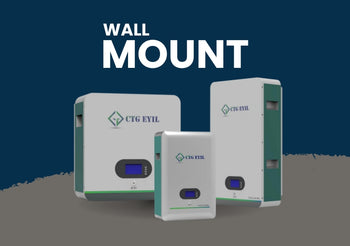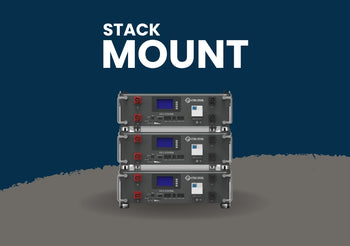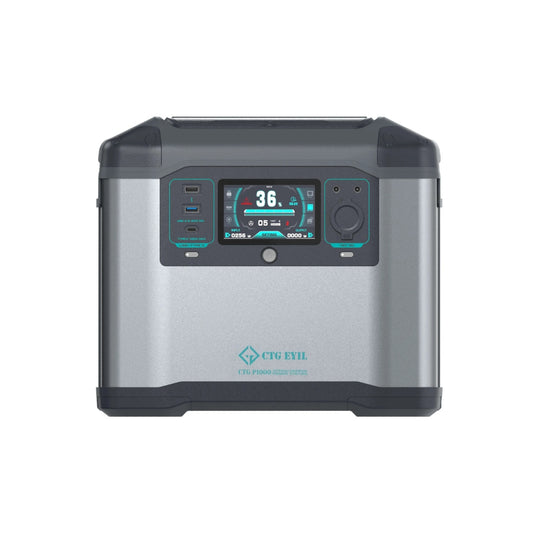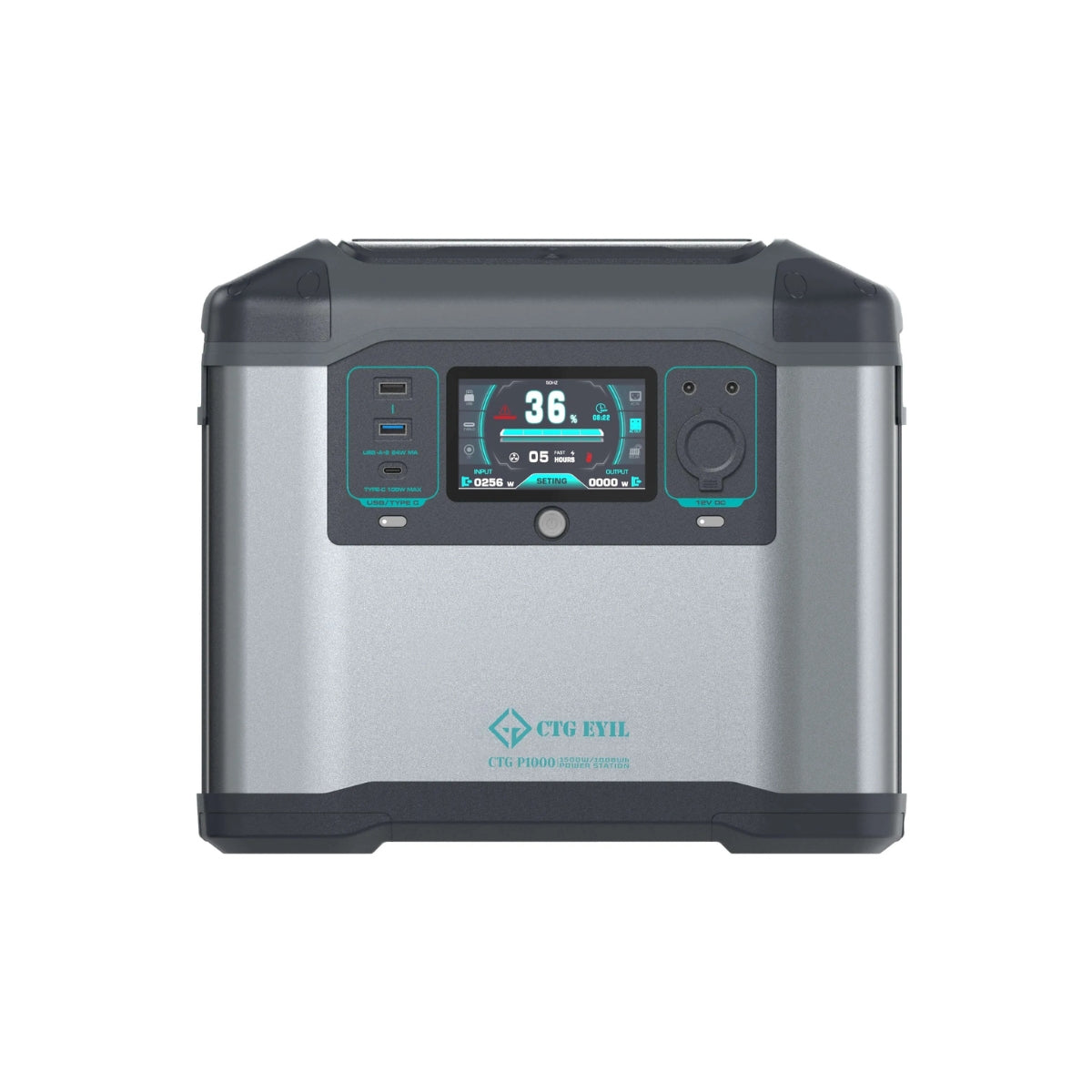The worldwide automotive sector is making significant efforts to transition to alternate energy sources. India's recent investments may soon experience a model change as well. The Indian EV market was valued at USD 5 billion in 2020, and by 2026, it is expected to have grown to USD 47 billion. This represents a CAGR of over 44% from 2021 to 2026.
The cost of imported oil, increased pollution, and international obligations to halt environmental changes have all been significant throughout this time. All countries are embracing electric vehicles (EVs) as they gain popularity since they are more energy-efficient modes of transportation and on-road deliveries. The market share of electric vehicles is steadily growing, particularly in last- and middle-mile delivery and intra-city transportation.
What makes EVs perfect for the Logistics Industry?
Lower ownership costs
The TCO (Total Cost of Ownership) of EVs is significantly decreasing as the government adopts new technologies and creates new rules in the electric vehicle industry. The new battery-swapping method treats the batteries as a separate entity, allowing energy operators to own them. This approach adds to the upfront expense of EV use, especially for the intra-city logistics sector. The sales of EVs in India will increase as a result of this early for the intra-city logistics industry. This is going to promote the sales of EVs in India.
Environment friendly
ICE road transport contributes majorly to polluting the environment with toxic gases. Electric mobility in the logistics sector will have a major role to play in effectively dealing with the environmental issues created by ICE vehicles.
Higher Savings On Fuel Costs
EVs reduce greenhouse gas emissions and bring down running costs. With a continuous surge in petrol prices, EVs have turned out to be an excellent alternative for ICE vehicles in saving energy and energy costs.
Minimal Maintenance
EVs require less maintenance and service support. The maintenance costs connected to the oil change, spark plugs, fuel tank, pump, etc. bring down the maintenance requirements. The easy addition of new technologies in EVs augments the implementation of electric vehicles in the logistics sector easily.
Tracking And Analysis of Electric Vehicle Easier
It is easy to track valuable information about EVs and their batteries for fleet operations. The details relating to lifecycle, battery health, charging, and discharging can be tracked with the software and sensors in the electric vehicle logistics.
Support From Government Initiatives
The logistics sector is the most contributing source of greenhouse gas emissions. This calls for a need for a transition to EVs. The logistics sector also saves on the cost of importing fuel, reducing the import bills with this transformation. Both central and state governments are constantly introducing new initiatives and policies to endorse electric vehicles for the logistics sector. Fame India scheme specifically focuses on encouraging electric vehicle purchases by providing subsidies for the purchase of EVs. The scheme aims to provide the necessary charging infrastructure for EVs too.
Hassle Free Registration and Finance at City Level
For OEMs and prospective EV buyers, there is a big incentive in the form of exemption from the issue and renewal of registration fees. From subsidies on purchase to an exemption from road tax, and registration charges, to low-interest rates on loans; everything boils down to many viable electrified transportation options at the city level.
The electric car front remained quiet during the following 20 years. But they returned to the spotlight in the 1950s. Governments from all around the world have had to reconsider their on-road approach in response to growing worries about pollution from gasoline-powered vehicles. People were now daydreaming of an environmentally friendly, zero-emission vehicle that would spur change.
EVs will transform the intra-city logistics sector.
Fuel-powered vehicles will eventually become obsolete, so in order to take advantage of the infrastructure and widespread use of EVs, we must quickly switch to them. Due to their advantages over conventional vehicles, EVs are the way of the future. According to NITI Aayog, logistics expenses in India may be reduced by 4% of the GDP of the nation. By 2030, this will result in considerable savings. A major opportunity for EV penetration exists in last-mile mobility. A comparable ramp-up of critical enablers, such as subsidies and ease of financing, is required for rapid EV deployment.
This motivates the aforementioned intracity logistics sector to actively support environmental decongestion and carbon reduction.
